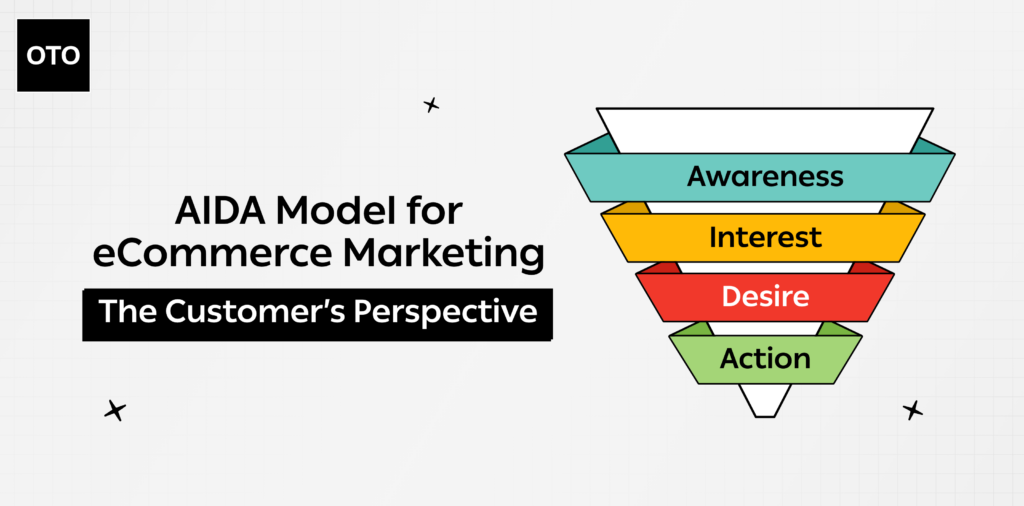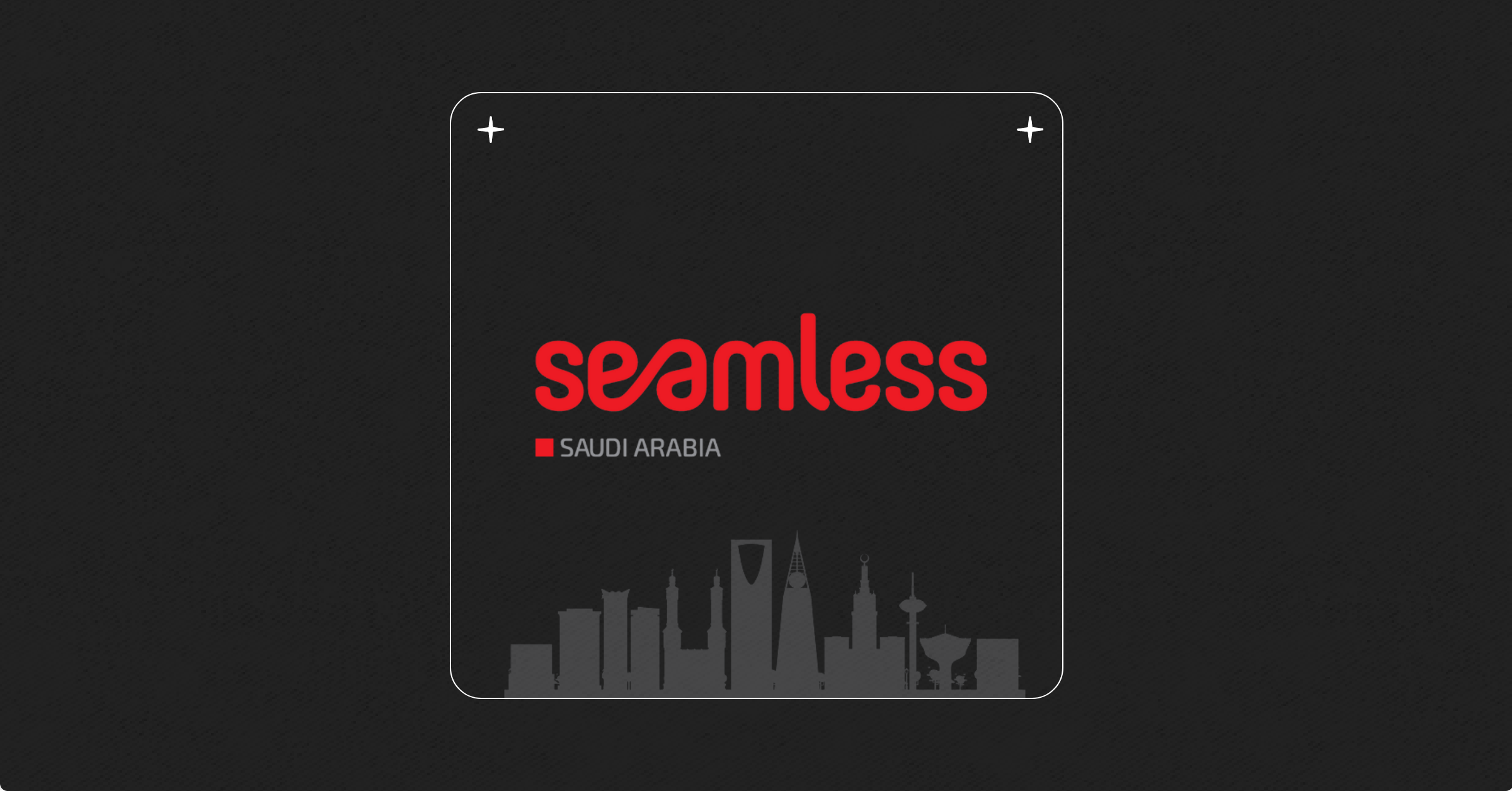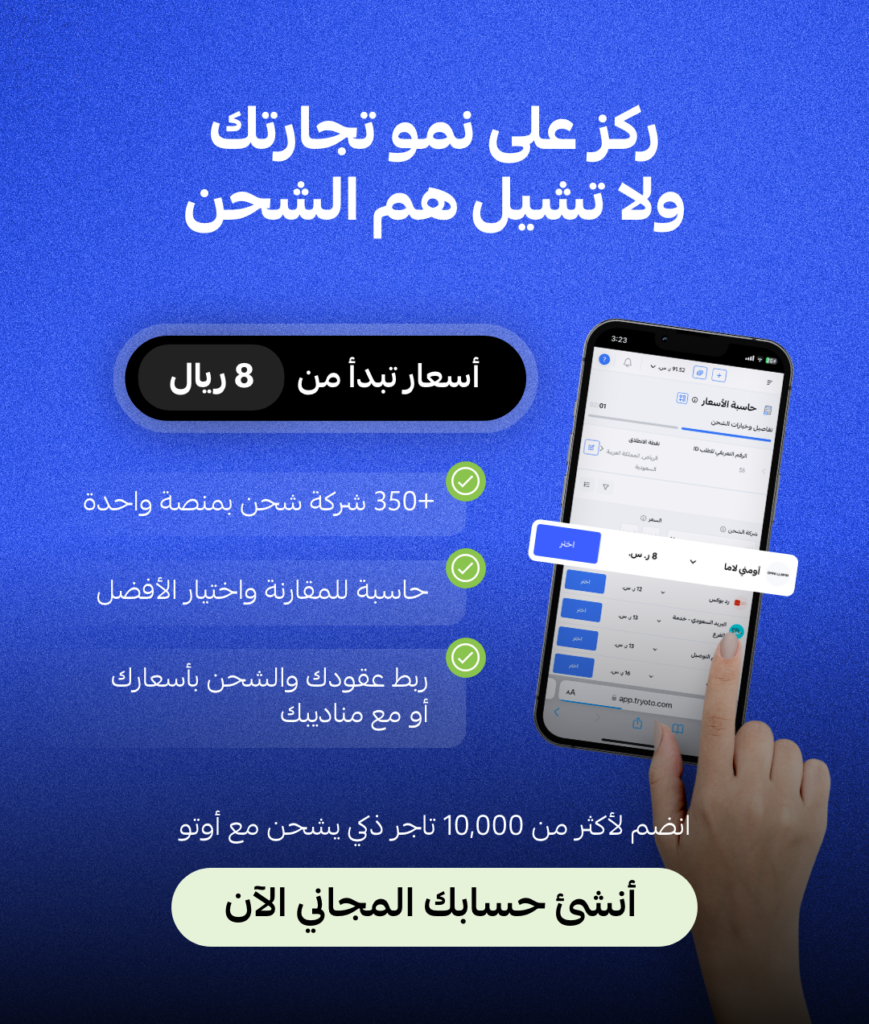Most small businesses don’t fail because of bad products — they fail because the message doesn’t land. If your customers don’t instantly understand what you’re offering, why it matters to them, and what to do next, they’ll scroll past. No questions asked.
Great products don’t sell themselves — clear messaging does. If you’re selling through Instagram or WhatsApp without a website, your words are your storefront.
In this guide, we’ll show you how to craft a marketing message that speaks directly to your customer and drives real action, using OTO Link as our hands-on example.
What Is a Marketing Message?
A marketing message is the core statement that communicates the value of your product or service to a specific audience. It answers three critical questions:
- What are you offering?
- Why should the customer care?
- What should they do next?
It’s not just about features — it’s about making the right people feel your solution fits their life or solves a pressing problem. A strong marketing message connects emotionally, addresses pain points, and motivates action — all in a matter of seconds.
Whether it’s a product description, a WhatsApp pitch, or an Instagram caption, your marketing message should be clear, concise, and customer-focused. It works as a strategic way to increase sales.
6 Practical Steps to Craft a Marketing Message That Sells
Step 1: Know Your Customer (Using OTO Link)
You can’t write a message that sells if you’re unsure who’s buying.
Let’s say you’re promoting OTO Link — a service that lets sellers without an eCommerce store create a shareable link that includes product info, payment, and shipping.
Here’s how to define your customer:
👤 Customer Persona Example:
- Name: Sara
- Age: 30
- Business: Sells handmade perfumes via Instagram DMs
- Pain Points: Repeats the same instructions for every customer, struggles with payment confusion, and loses buyers who don’t complete the order.
- Goals: Save time, look more professional, and increase completed orders
🎯 Implication for Your Message:
Your message isn’t about “features.” It’s about what Sara cares about:
- “I’m tired of explaining things.”
- “I need an easier way to get paid.”
- “I want to look like I run a real business.”
🧠 Translate This Into Messaging:
“Still sending product info and payment steps manually? With OTO Link, just send one smart link — and let your customer complete the order on their own.”
This message doesn’t mention technical specs. It speaks directly to Sara’s frustration and offers a solution in her language.
Step 2: Trigger the Right Emotions
People don’t buy based on logic alone — they buy because something feels right. That’s why great marketing messages don’t just explain a product; they tap into emotion.
For Example, when promoting OTO Link, the goal isn’t just to describe what it does. The goal is to make the audience feel:
- Relief from daily stress,
- Confidence in their professionalism,
- Control over their business,
- Pride in growing without a website.
💡 Example Emotion Triggers for OTO Link:
- Frustration: “Tired of repeating the same steps to every customer?”
- Relief: “One link. No more back-and-forth.”
- Pride: “Sell like the business owner you are — even without a website.”
🎯 Messaging in Action:
“You started your business with passion — not to spend your day explaining how to pay. OTO Link gives you a smart, simple way to share your product, get paid, and deliver — all from a single link.”
This message doesn’t sell features — it sells freedom. It helps the customer imagine a smoother, less stressful workday.
Step 3: Apply the AIDA Model
AIDA is a timeless formula used by marketers to move a customer from interest to action. It stands for:
- Attention/Awareness: Grab the customer’s focus instantly.
- Interest: Show them why they should care.
- Desire: Make them want what you offer.
- Action: Tell them what to do next.
Let’s apply AIDA to promote OTO Link.
📌 Scenario:
You’re targeting social sellers who are overwhelmed with manual order handling.
🧠 Practical AIDA Example for OTO Link:
-
Attention:
“Still sending payment instructions manually?” -
Interest:
“Every message takes time — and lost orders mean lost income.” -
Desire:
“OTO Link handles it all: product, price, shipping, and payment in one link. You look professional, and your customer checks out faster.” -
Action:
“Create your first OTO Link in under 5 minutes — no website needed.”
💬 How to Use It:
- On Instagram Stories: Use the Attention + Desire combo. Add a swipe-up or bio link.
- On WhatsApp: Use Interest + Action in your replies to repeat customer questions.
- In an email campaign: Build all four stages for maximum impact.
Step 4: Write a Clear Value Proposition
Your value proposition is the heart of your marketing message. It’s a short, specific statement that explains what your product does — and why it matters — in one or two sentences.
A good value proposition should:
- Focus on the benefit, not the feature.
- Be instantly understandable.
- Speak directly to your ideal customer.
❌ Weak Value Proposition:
“OTO Link is a service that lets you generate links for selling.”
It’s vague, and it sounds like every other tool/system.
✅ Strong Value Proposition for OTO Link:
“OTO Link helps you sell directly through Instagram or WhatsApp — without a website. Just send one smart link that includes payment and delivery.”
This version tells the customer:
- What it is (a smart checkout link),
- Who it’s for (sellers on social platforms),
- What it replaces (a full eCommerce setup),
- Why it matters (simplicity and professionalism).
🎯 Pro Tip:
Write your value proposition like you’re texting a friend who just asked, “What does this do, and why should I care?”
If you can’t say it simply, you’ll lose the sale before it starts.
Step 5: Match Your Message to the Right Channel
Your message might be clear — but if it’s delivered the wrong way or in the wrong place, it loses its power. Each platform has its own tone, format, and audience behavior. To get results, you need to adapt.
Let’s explore how to shape the OTO Link message across three key channels:
📱 Instagram: Visual + Minimal + Punchy
Goal: Capture attention in seconds with a scroll-stopping hook.
Tone: Friendly, confident, visual-first.
Example Story Text:
“Selling on IG?
No more payment confusion.
Send ONE link. Done.
👉 Try OTO Link — No website needed.”
Caption Example:
“Tired of losing sales in the DMs?
With OTO Link, just send one smart link that does it all.
Product ➡️ Shipping ➡️ Payment
📲 Try it free now [link in bio]”
💬 WhatsApp: Personal + Conversational
Goal: Make it feel like help, not a sales pitch.
Tone: Supportive, clear, direct.
Example Message to Customer:
“Hey! 😊 Here’s a quick link to complete your order.
It includes the product, shipping options, and how you’d like to pay: [OTO Link]
Let me know if you need anything!”
Example Message to Fellow Sellers:
“Want to save time on order messages?
I’ve been using OTO Link — just send 1 link and it covers everything. Try it here: [Link]”
📧 Email: Informative + Value-Driven
Goal: Educate and convert with benefits and clarity.
Tone: Professional but personal. Clear, structured, and benefits-focused.
Example Email Snippet:
Subject: Stop managing orders the hard way
Body:
If you’re selling on social, you don’t need a website — you need a link that works.
OTO Link helps you share your product, collect payment, and book shipping, all in one step.
✅ Look professional
✅ Save time
✅ Get more orders done
👉 Try it free now [CTA button]
Step 6: Test, Refine, Repeat
Even the best marketing message is a starting point, not a final draft. Real results come from testing what works, learning from your audience, and refining over time.
🔍 What to Test:
-
Hook phrasing:
“Still managing orders manually?” vs. “Order chaos ends today.” -
CTA variations:
“Try OTO Link free” vs. “Create your first smart link now.” -
Emotional vs. practical tone:
“Sell like a pro” vs. “Send one link. Save hours every week.”
📊 Metrics to Watch:
- Click-through rate (CTR): Are people clicking the link?
- Conversion rate: How many complete the purchase?
- Drop-off point: Where are customers leaving — after the message or during the checkout?
🧠 How to Refine:
- Review your best-performing messages by platform.
- Ask customers: “Was the link easy to use?” or “Was anything unclear?”
- Use A/B testing tools if available, or just alternate between two message versions across two days.
✅ Applying this on OTO Link:
Let’s say you tested two messages on Instagram:
- Message A (emotional): “Look professional. Sell with one link.”
- Message B (practical): “Product, shipping, payment — all in one click.”
If Message A brings more completed orders, you know your audience responds more to confidence and image. If Message B performs better, they prefer clarity and structure.
Keep tweaking — your next message could double your sales.
Conclusion: Simplicity Sells — When You Say It Right
As a part of e-commerce marketing, crafting a marketing message that sells isn’t about writing more — it’s about saying what matters, clearly and persuasively. Your message should:
- Reflect your customer’s daily struggles,
- Trigger the right emotion,
- Deliver your value in seconds,
- And feel native to the platform you’re using.
By following these six steps — from knowing your customer to refining your copy — you’re not just promoting a product. You’re creating a conversation that turns interest into trust, and clicks into conversions.
Start simple. Test often. Speak to your customer like a human, and let the message do the work.







